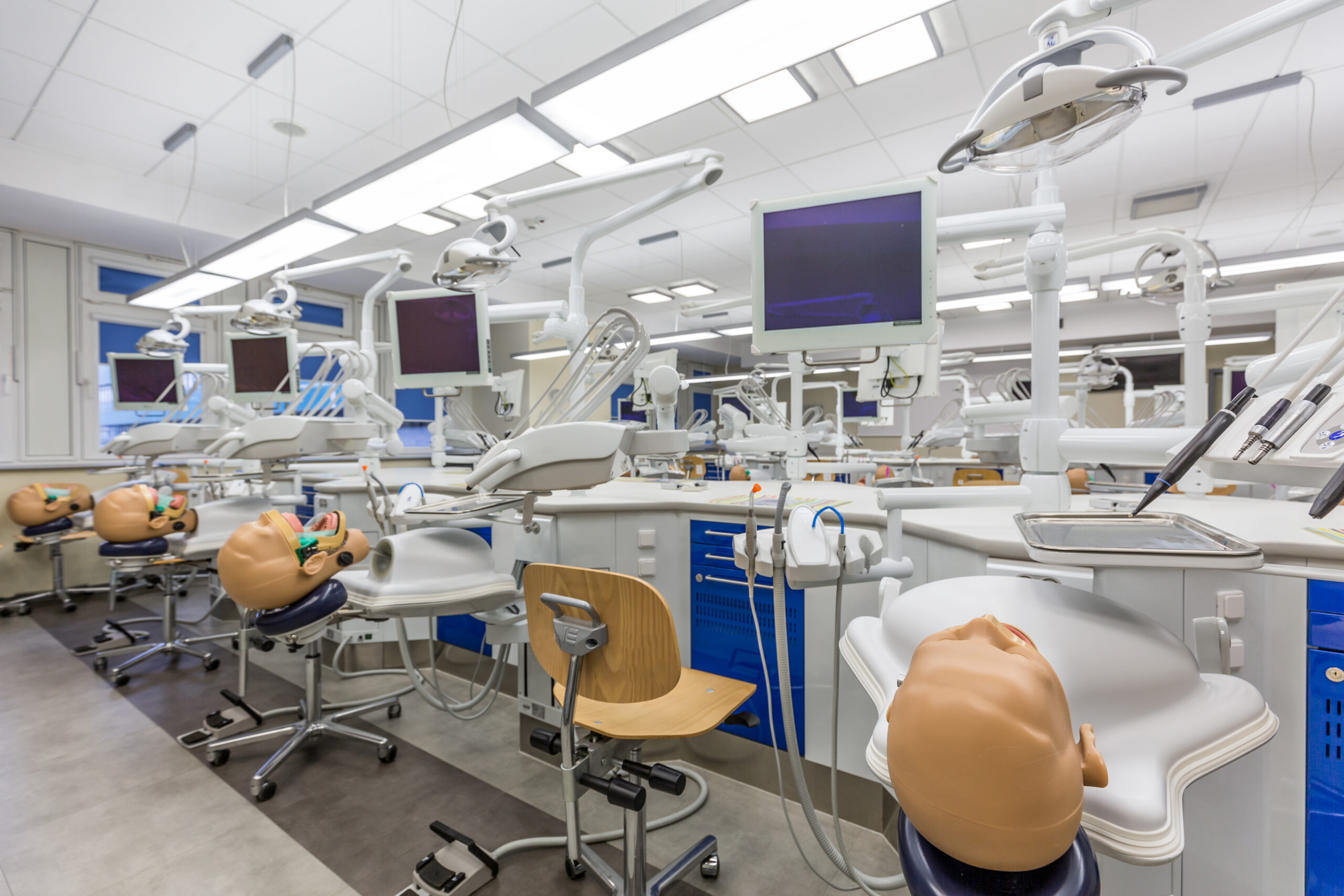For those considering a career in dentistry or interested in the educational journey of dental professionals, understanding the landscape of dental education in the U.S. is essential. From the number of institutions to program duration and costs, dental schools play a crucial role in shaping the future of oral healthcare.
Number of Dental Schools in the U.S.
Aspiring dentists in the United States have a variety of accredited dental schools to choose from. As of 2025, there are 72 accredited dental schools in the country, all recognized by the Commission on Dental Accreditation (CODA). These institutions provide high-quality education and training for students pursuing careers in dentistry.
For those considering dental school, understanding the admission requirements and cost structures can be crucial. Learn more about how to choose the right dentist for your family if you’re planning a long-term career in the field.
Top Accredited Dental Schools in the U.S.
While all accredited schools meet CODA standards, some institutions stand out for their research, clinical training, and student success rates. Some of the top dental schools include:
- Harvard School of Dental Medicine (Boston, MA)
- University of California, San Francisco School of Dentistry (San Francisco, CA)
- University of Pennsylvania School of Dental Medicine (Philadelphia, PA)
- New York University College of Dentistry (New York, NY)
- University of Michigan School of Dentistry (Ann Arbor, MI)
Each of these schools offers a unique approach to dental education, incorporating modern technology, clinical practice, and research-based learning. Read about what are the new innovations happening in dentistry to see how dental schools are advancing the field.
Dental School Program Structure
Dental school programs typically last four years and are divided into:
- Preclinical Training (Years 1-2): Students focus on biomedical sciences, including anatomy, physiology, and pathology.
- Clinical Training (Years 3-4): Hands-on patient care under supervision, covering general dentistry and specialties like periodontics and endodontics.
- Optional Residency Programs: For those pursuing advanced specialties such as orthodontics or oral surgery, additional residency training is required after graduation.
Tuition and Costs of Dental School
Dental school is a significant financial investment. On average, tuition ranges from $40,000 to $80,000 per year, depending on whether the student attends a public or private institution. Additional costs include:
- Textbooks and Equipment ($5,000 – $10,000 annually)
- Clinical Fees ($2,000 – $5,000 per year)
- Board Exam Fees ($1,000 – $2,500)
For financial planning, many students explore federal aid, scholarships, and loan forgiveness programs. If you’re curious about coverage options, check out understanding dental insurance plans.
Importance of Accreditation in Dental Education
CODA accreditation ensures that dental schools maintain high standards in education, clinical training, and patient care. Without accreditation, graduates cannot obtain licensure to practice dentistry.
What Does Accreditation Mean for Students?
- Ensures eligibility for licensure exams
- Provides access to financial aid programs
- Guarantees a recognized and standardized curriculum
Conclusion
Choosing a dental school is a crucial step in a dentist’s career. With 72 accredited dental schools in the U.S., students have numerous opportunities to receive quality education and training. Whether you’re aiming for general dentistry or a specialized field, proper research and financial planning can set you up for long-term success.
For more insights on the latest trends in dentistry, explore our blog section or read about dental specialties and career paths.



